Two years ago next Monday, while on a weekend break in Mexico with her husband, Sheryl Sandberg suddenly realised he had been missing for several hours. After a frantic race to the gym, she found him lying on the floor, his face blue, his head in a pool of blood.
Early reports claiming he had died from a fall off an exercise machine were false.
All Dave Goldberg’s wealth as chief executive of a $1 billion tech company, all her wealth and power as the chief operating officer of Facebook, had failed to protect them. Her husband of 11 years, the love of her life and father of their two small children was dead from an undiagnosed cardiac arrhythmia at just 47.

Asked in an email interview with The Irish Times about the immediate aftermath of her husband's death, she describes "the void" as "a black hole that filled my heart and lungs, making it hard to think or even breathe".
Those who have struggled, breathless, through grief’s shockingly abrupt visitations, will find familiar notes here. The music that is suddenly unbearable, the film where the main character’s spouse dies a few minutes in, the chronic sleeplessness, the crumbling self-confidence, the gnawing fear that her children will never be fully happy and joyful again.
“Grief is a demanding companion . . . simmering, lingering, festering. Then, like a wave, it would rise up and pulse through me, as if it were going to tear my heart right out of my body.”
Inevitably, there are the loved ones who disappointed her. “I think we all go through that . . . there are people who I was close to and am now not as close to. Very few, but there’s a few,” she told one interviewer.
And there are the acquaintances who never had a thought that was left unsaid.
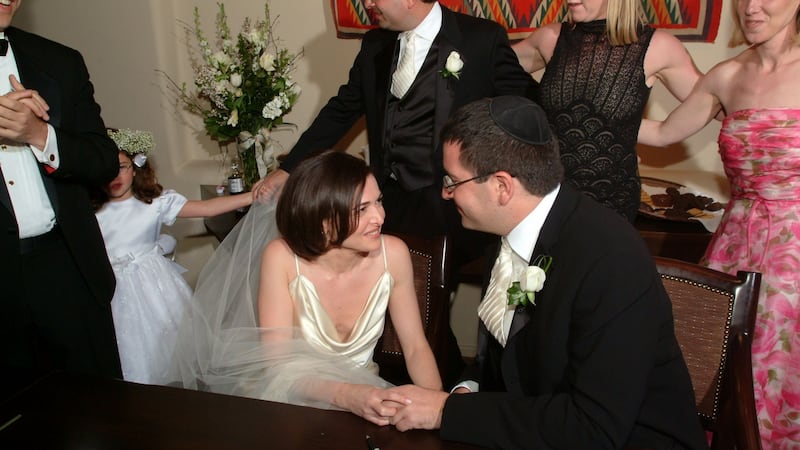
A couple of weeks after Dave’s death, a woman in her 60s wrote to her, saying she was some way ahead of Sandberg on “this sad widow’s path” and wished she had some good advice to offer. But, “try as I might, I can’t come up with a single thing that I know will help you”.
“That letter, no doubt sent with the best of intentions”, says Sandberg, “destroyed my hope that the pain would someday fade. I felt the void closing in on me, the years stretching before me endless and empty.”
Return to work
Her return to work 10 days after her husband’s death, to Facebook HQ’s vast open-plan offices in northern California, was met with silence. Her young tech colleagues had no idea what to say. The woman who had long encouraged people to bring their “whole selves” to work now found her own “whole self” was so freaking sad. As the Jewish mourning period of 30 days came to a close, she did something completely out of character. In her desperation, she wrote an unfiltered account of her grief and posted it on Facebook.
I had tried unsuccessfully to keep journals for my entire life, but in the five months between Dave dying and the first birthday he missed, I wrote over 100,000 words
An avalanche of heartbroken posters responded and Sandberg no longer felt so isolated. Asked about the importance of the “grief diary” she kept she says: “Journaling helped immensely. I had tried unsuccessfully to keep journals for my entire life, but in the five months between Dave dying and the first birthday he missed, I wrote over 100,000 words. They poured out of me. If I didn’t write in my journal every few days, I felt like I would burst.”
It was only later when she and her co-author, psychologist Adam Grant, were doing the research for the book that she learned how important "journaling" can be for recovering from trauma and grief.

The journal became a book. The title Option B came out of an early exchange with her friend Phil, as they planned for someone to fill in for Dave in a father-child activity. Sandberg began to cry – "But I want Dave" – and Phil put an arm around her, saying "Option A is not available. So let's just kick the shit out of Option B."
Snide commentary presumes that of course a beautiful, wealthy, 45-year-old tech superstar would emerge from tragedy with luxuriant hair, an enhanced reputation, a new tech billionaire boyfriend – an old friend called Bobby Kotick – and a hatful of life lessons for the lower orders.
The sense that Facebook is the fount of all modern iniquity has morphed into assumptions about its chief operating officer in her tragedy. Some see the book as self-indulgent exceptionalism. Others discern, more sinisterly, something akin to searching for an algorithm to manage human emotions (and indeed, last week, Facebook mentioned it was working on reading users’ thoughts). Still others perceive an attempt to apply a business rationale to the chaotic jungle of human emotions.
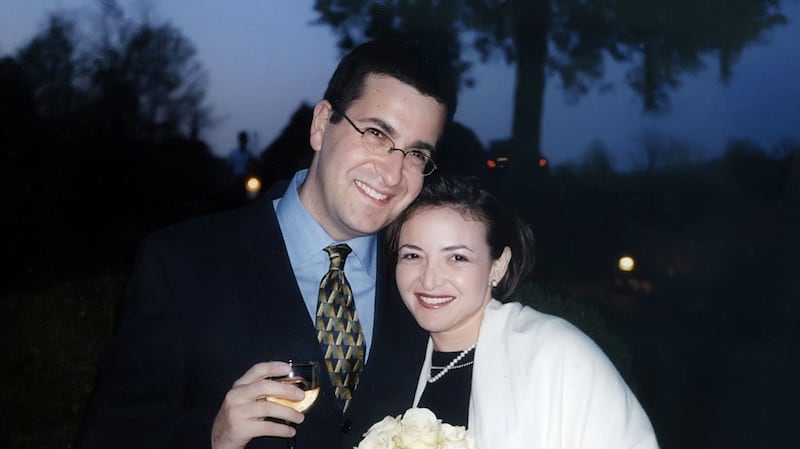
The Guardian journalist, Decca Aitkenhead, whose 49-year-old husband drowned on holiday three years ago while trying to rescue their son, came away from her Sandberg encounter deeply impressed but unsettled by how "carefully curated" it all seemed. "Sandberg is a natural leader and problem-solver – not merely Facebook's chief operating officer but its living embodiment – who has dealt with her grief almost as if it were a failing business to be turned around: she studied the data, applied herself to its findings, and found the potential for growth."
Which may well be true.
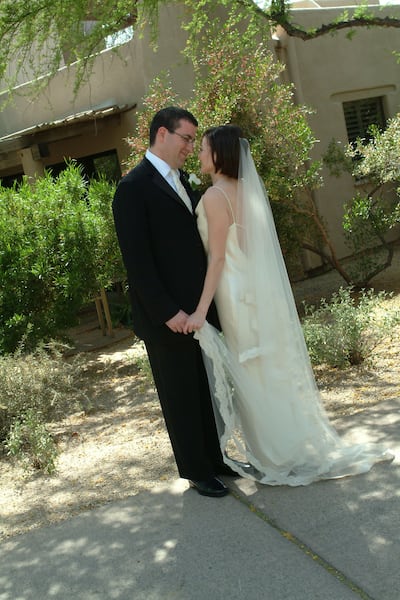
But how difficult is it to really invest in option B when you are grieving for option A? “It’s important to remember that everyone grieves in their own way and on their own time. There’s no right way to do it. For me, starting to recover meant believing that it was possible to find strength and even joy again. To this day and I believe for the rest of my life, I will live with both the grief of losing Dave – of missing option A – but also the desire to try to make the most out of option B.”
Human inspiration
There was no shortage of human inspiration for the book. Asked about some of the people she and Grant encountered, she replies: “There’s Tim, the artist who lost his vision but kept painting, then started a new career as an art teacher to students around the world. There’s Kathy, who has devoted her life to rescuing teenage victims of sex trafficking and exploitation in Miami. She had been sexually abused as a child, and serving others has helped her heal. There are Steven and Danny, who met as undergraduates at UC Berkeley. Both had served time in the same prison and, through their friendship, they found a sense of belonging on campus, which then they extended to other students who had been incarcerated through a campus group they started.”
Sandberg’s personal insights are the beating heart of the book but Grant’s psychological research, backed by 32 pages of references to behavioural scientists, neurologists, psychologists and others, place it well above the usual self-help dross. Call it part memoir, part resilience bootcamp with empirical evidence.
I don't know anyone who has been handed only roses
Tellingly, its most resounding endorsement comes from Aitkenhead : "The single wisest book about grief I have ever found, and so useful that I only wish it had been in print three years ago. When I was widowed I would have stuck pages to my fridge, and sent it to relatives who wanted to help but didn't know how, so cleared off rather than get it wrong. All we'd needed was a book spelling out how to help, when I was too broken to explain. I have tried to think of anyone who would not find Option B invaluable at some point in their life, and I can't."
Considering the profoundly personal nature of loss, trauma and grief, it’s quite an accolade. “I don’t know anyone who has been handed only roses,” Sandberg says. “We all encounter hardships. Some we see coming; others take you by surprise.”
What next?
What made her different was that she asked the question: what do we do next? Why do some people never recover from life-shattering experiences, while others rebound to lead even more meaningful lives? The book’s short answer is that no one is born with a fixed amount of resilience; it is a muscle that everyone can build, tough as that sounds.
It begins with a Beckett quote: “You must go on. I can’t go on, I’ll go on.” But how ? “I’d tell them,” she says, “about the trap of the three Ps: personalisation, pervasiveness and permanence.”
Glib-sounding, self-help listicles like the three Ps is precisely what sends sane-ish people screaming for a numbing drink. Sandberg considers the three Ps important enough to place front and centre.
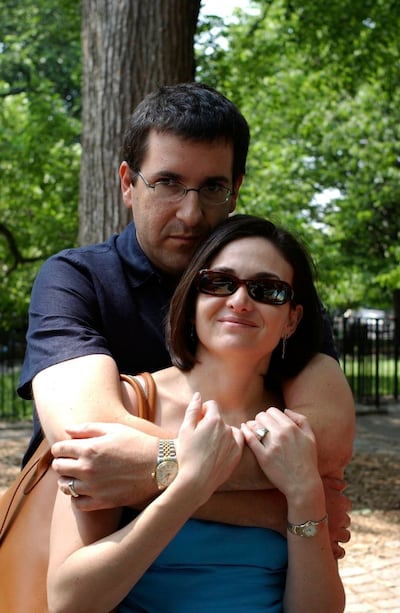
“Personalisation is the belief that we’re at fault. Dave died from a cardiac arrhythmia. I pored over his medical records, asking what I could or should have done.” What if she had looked for him sooner? Why hadn’t she known about the heart disease? “His doctors hadn’t identified his disease, so how could I? Learning about the trap of personalisation helped me accept that I wasn’t to blame for his death. And even when something is our fault, we can show ourselves the same self-compassion we would show a friend. Doing so is key to recovery.”
The second P, pervasiveness, is the belief that a loss will affect all areas of your life. “At my first meeting at work after Dave died, I sat there thinking, ‘What is everyone talking about and how could this possibly matter?’ But then I got drawn in, and for a split second, forgot about death. Giving ourselves permission to see the good that is still there is so critical.”
The fear of forever without Dave was paralysing
The third, permanence, was the hardest. All the joy of parenthood and life seemed to disintegrate, as she flashed forward to all the soccer games, all the holidays, all the graduations, the weddings. “The fear of forever without Dave was paralysing.”
Eventually, she learned to believe that no matter how sad she felt, another break would eventually come. She still believes in bringing your “whole self” to work and “has tried hard to contribute to a work environment where people can acknowledge what they’re going through – what I think of as kicking the elephant out of the room”.
She learned to discard that maddening platitude to “think positive”, and to take her rabbi’s advice instead – “lean into the suck” – to accept that the grief was going to be overwhelming. “That’s not quite what I meant by ‘lean in’, but it made a big difference to me,” says the author of the best-selling book of that title – a call to arms for women at work which neglected entirely the challenges for lone parents. Now bitter experience has forced her to review that. “I had no idea how hard it would be to succeed at work when you’re overwhelmed at home, or how lonely and uncertain it can feel to make all the decisions alone. I’ve learned all that and more.”
She also knows how lucky she is to have resources that many don't : financial security, a network of devoted family and friends, a supportive and flexible job, where "Mark [Zuckerberg] was crucial to my healing". Anyone who has taken their finished view of a nerdy, awkward Zuckerberg from The Social Network will be surprised by the emotional intelligence portrayed in Option B.
Coping mechanisms
Much of her focus was on devising coping mechanisms for the children. They wrote down “family rules” to put on the wall, to remind them of the mechanisms they would need, under headlines like respect our feelings, forgiveness, sleep, teamwork.
Allowing ourselves to be happy is a triumph over permanence
She asked dozens of Dave's family and friends to video their memories of him and she taped the children sharing their own memories so they would know which memories were truly theirs. They sent up balloons and wrote letters to him on what would have been his 48th birthday. She took a much-loved family game, Settlers of Catan, down from the shelf and they all agreed her daughter could take the grey pieces Dave had always played with. In that way, they started to "take things back" and "We take it back" became a mantra as they embraced the things that reminded them of Dave rather than give up on them. She took back Game of Thrones and found a new online Scrabble opponent. "Allowing ourselves to be happy is a triumph over permanence."
She is big on gratitude. She started jotting down three moments of joy before she went to sleep and continues to do so and she no longer takes anything for granted, not even the fact that her son would have a 12th birthday.
She also learned what not to say to people who are grieving, or facing serious problems. “You’ll be okay. I just know it.” Wrong. Just acknowledge their pain. Say, “I’m here with you.”
“Is there anything I can do?” Wrong. It shifts the burden to the person who needs the help to spell out their need. “How are you?” Wrong. No answer to that will be good or useful. More meaningful is to ask “How are you today?”
“You can’t make that big old elephant in the room go away,” she says, “but you can say, ‘I see it. I see you’re suffering. And I care about you.’”
New identity
She also learned to accept her new identity. What were the challenges of meeting new people and adapting to life as a widow? “It’s a word that still makes me wince and a club that no one wants to join. But eventually I did accept it, and that helped to open the door to forming new bonds. In the past two years, every single new friend I’ve made has lived through tragedy. It turns out that this club that no one wants to belong to is incredible bonding.”
There was awkwardness when she began to date again and it wasn’t confined to Dave’s friends. One man posted that she was a “garbage whore”. Another that clearly she was “one classy lady” because she was “already sharing fluids with a new guy”. Her answer is that she made the choice only to date Dave but that was taken from her; that this is option B.
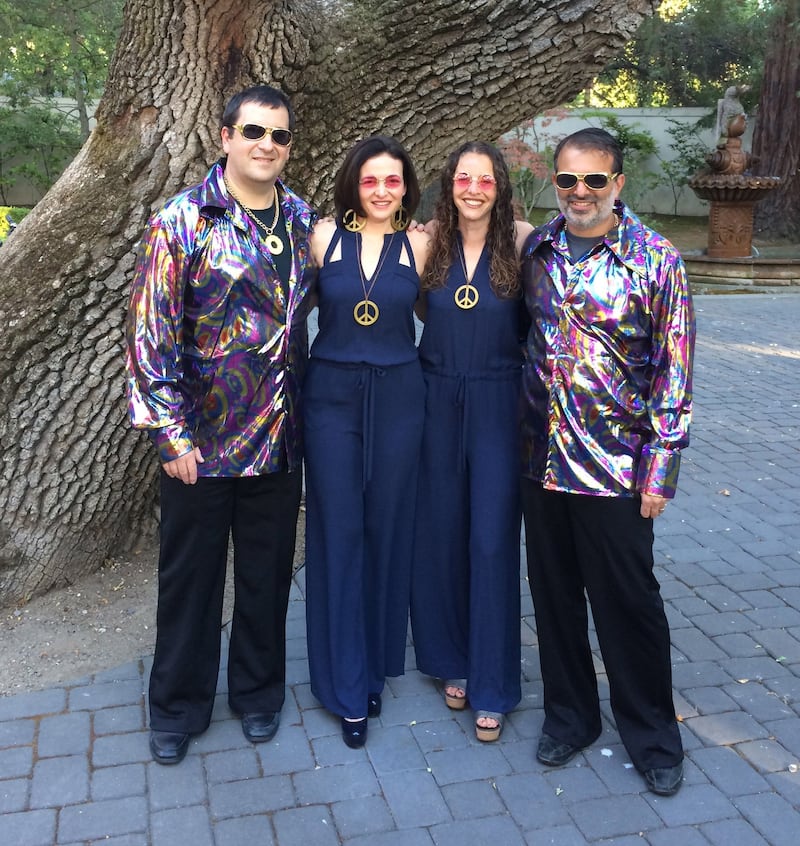
She cites a study of widowed, middle-aged adults, which shows that a year later, well over half the men were in a romantic relationship, compared with only 7 per cent of women. After two years, a quarter of men had remarried compared with just 5 per cent of women. Men date sooner, men date more, and women get judged more.
The new relationship brought humour back into her life. He styled himself the “King of Distraction”, that clever guy, and went big on emails that never failed to make her laugh. She has a lively sense of humour. Some of the funniest lines in this very accessible book come towards the end when she quotes some toe-curling quips blurted out by people in times of grief.
Two years on, she writes, grief still suddenly envelopes her until she can feel nothing else. “But just as grief crashes into us like a wave, it also rolls back like the tide. We are not just standing, but in some ways stronger. Option B still gives us options. We can still love and we can still find joy.”
Option B: Facing Adversity, Building Resilience, and Finding Joy by Sheryl Sandberg and Adam Grant. Published in paperback by WH Allen.



















